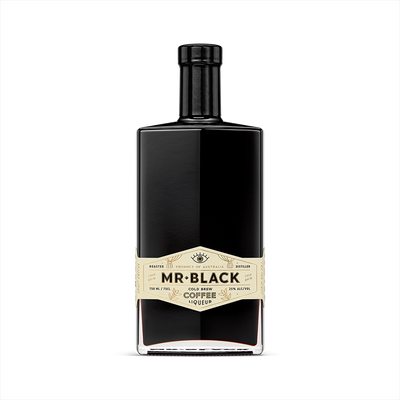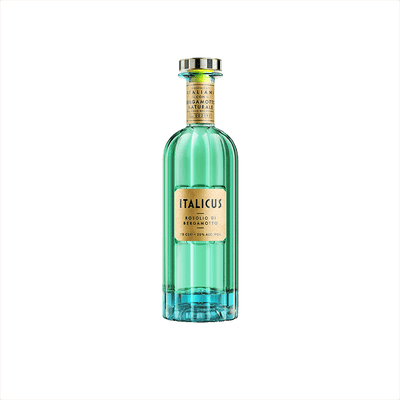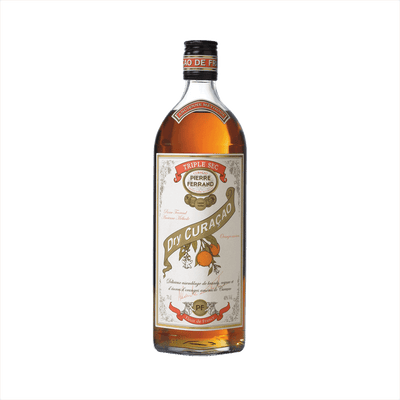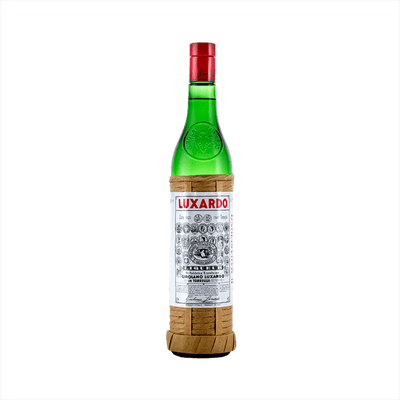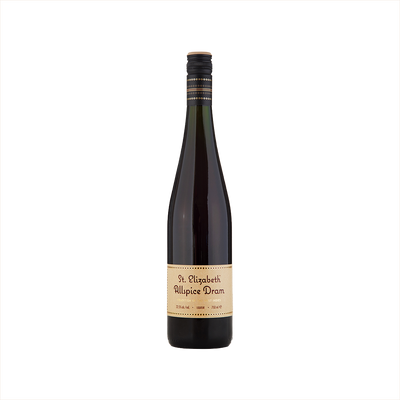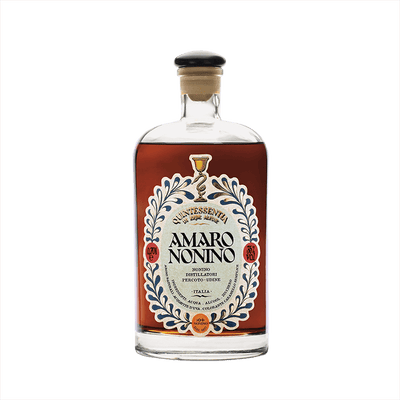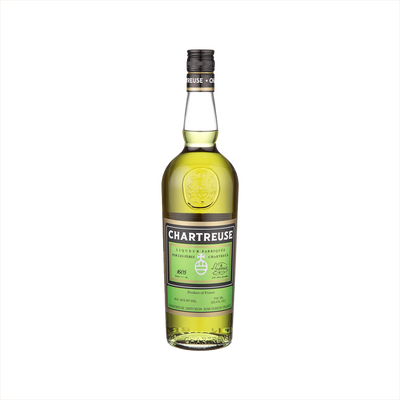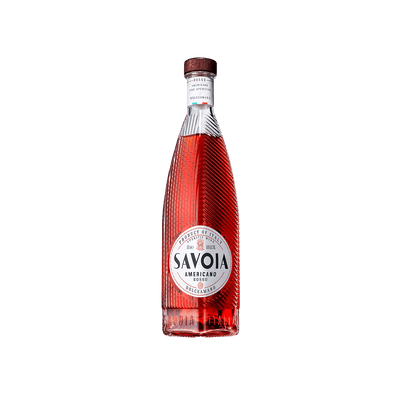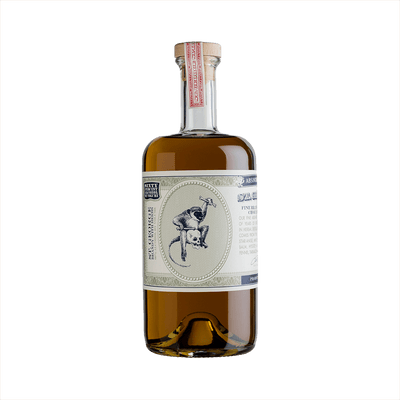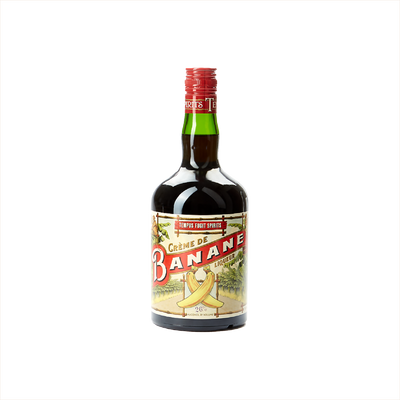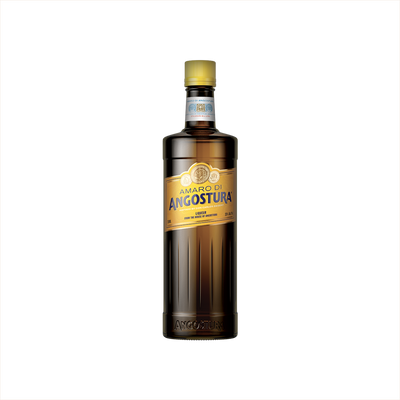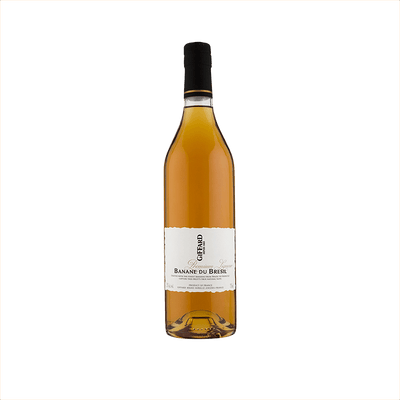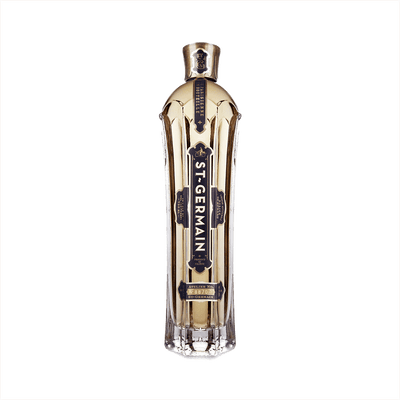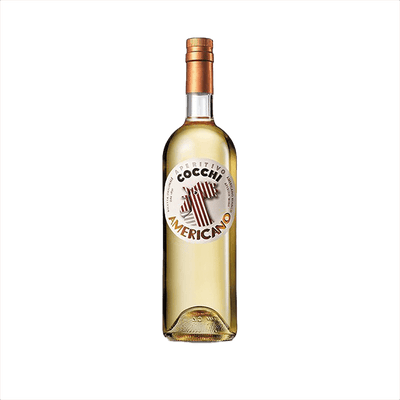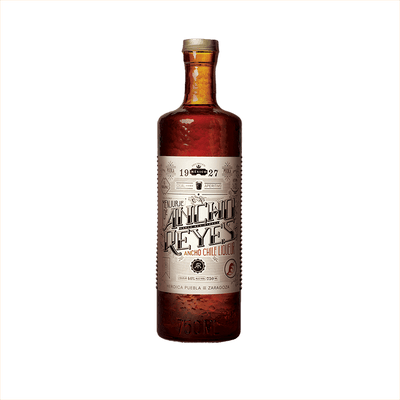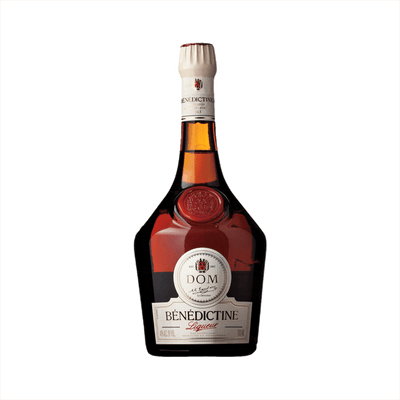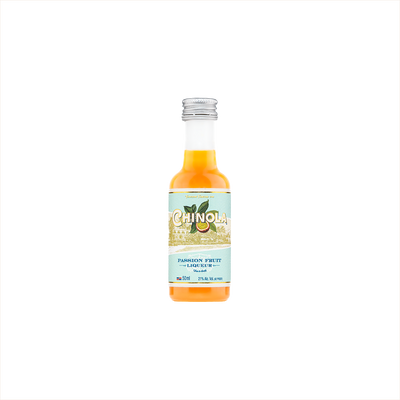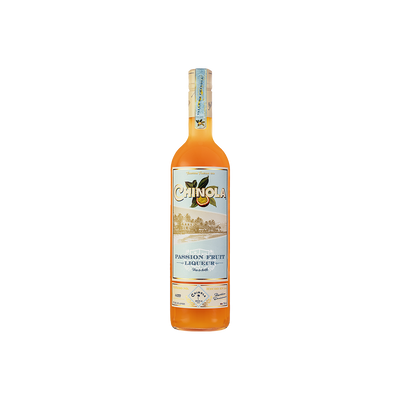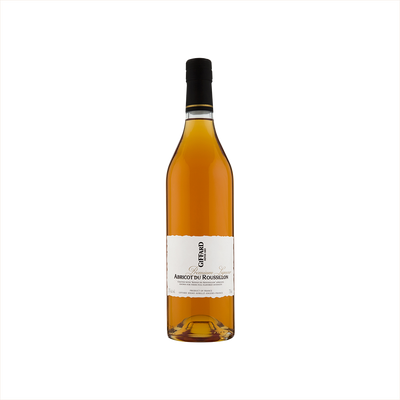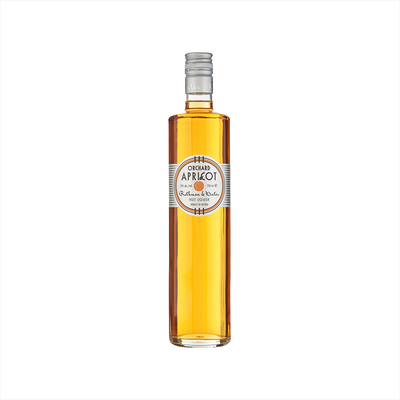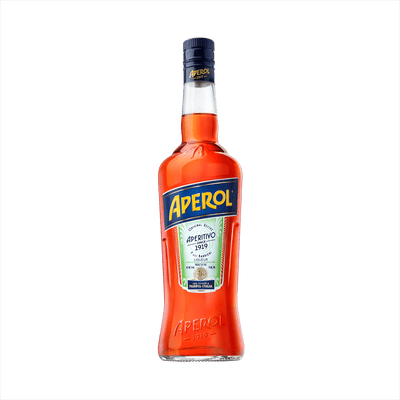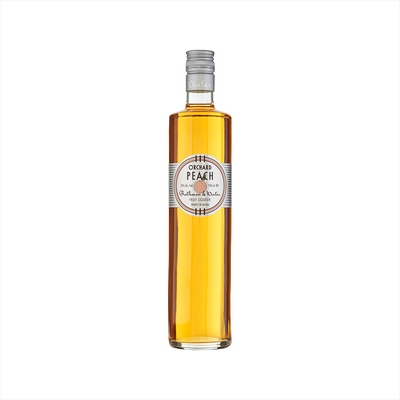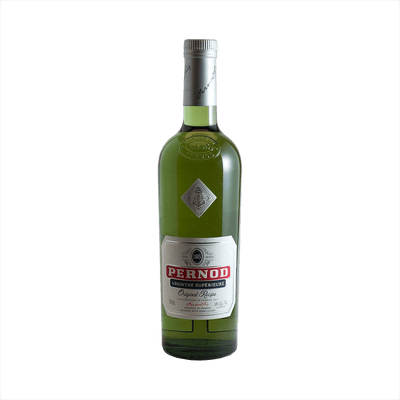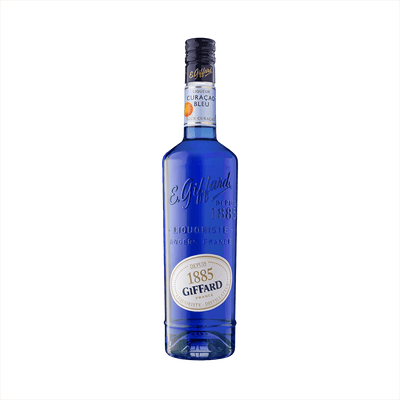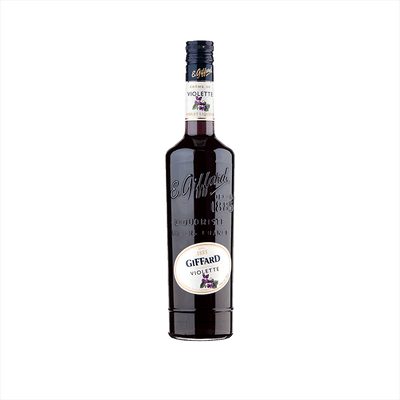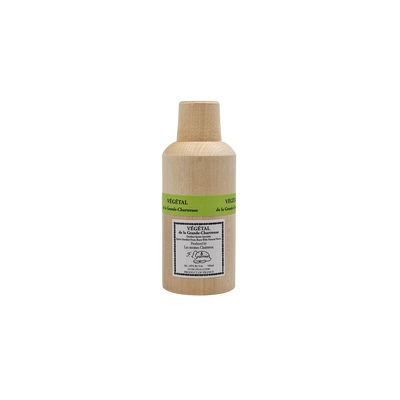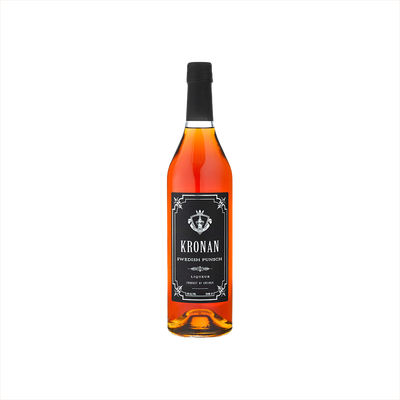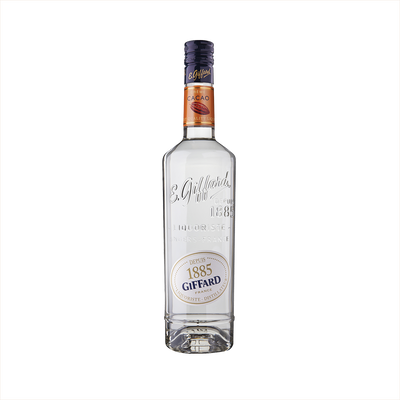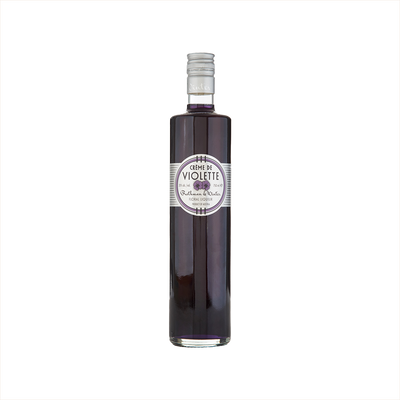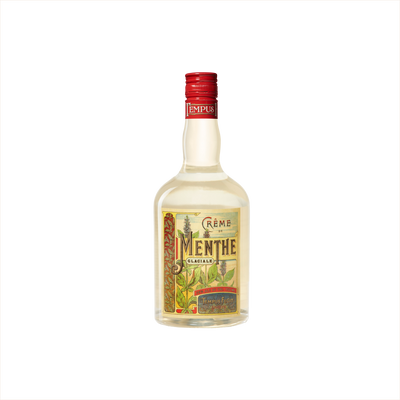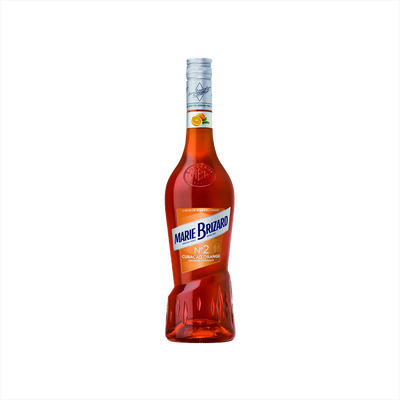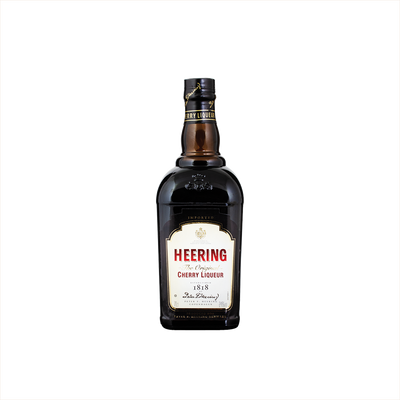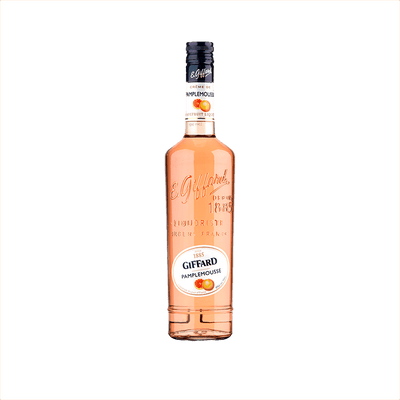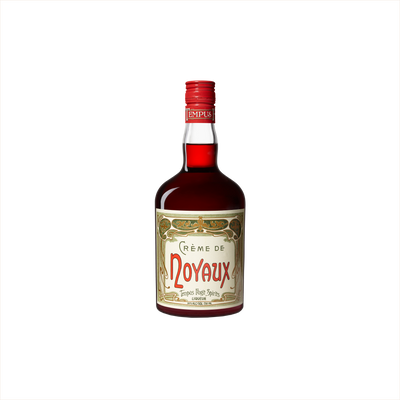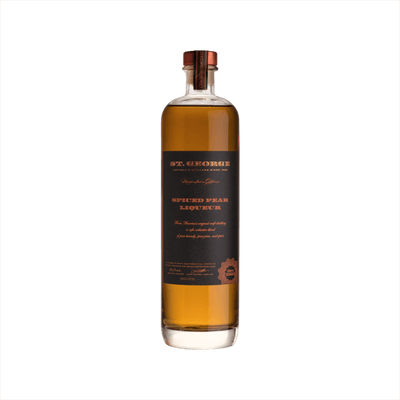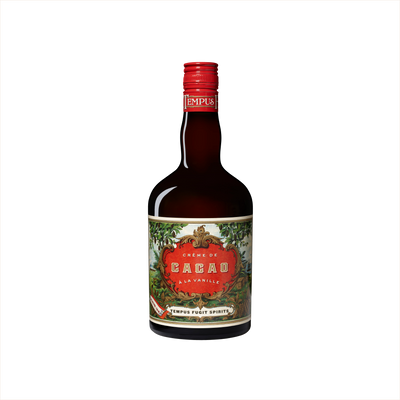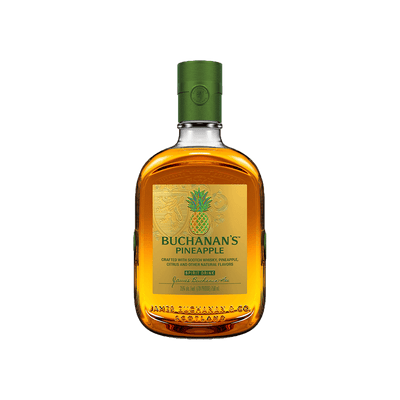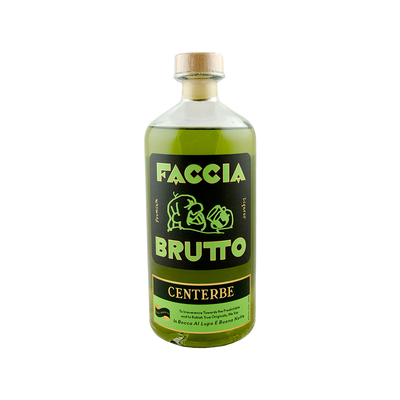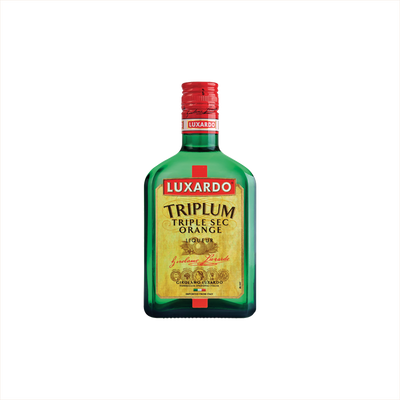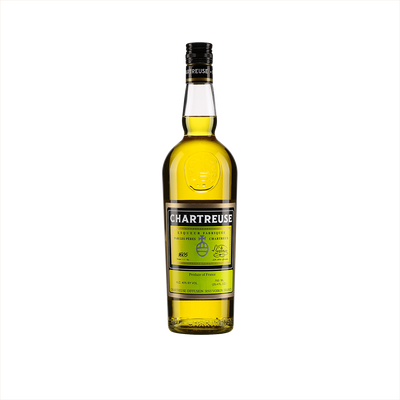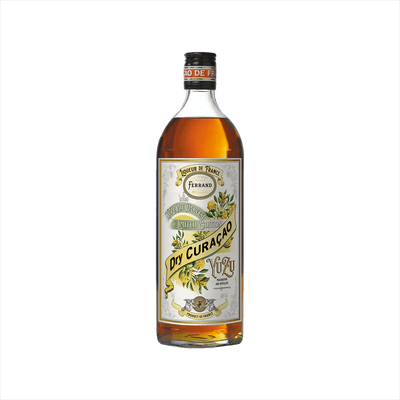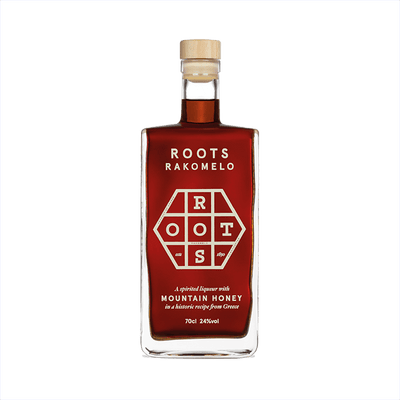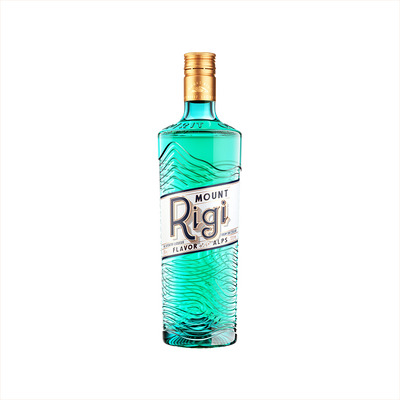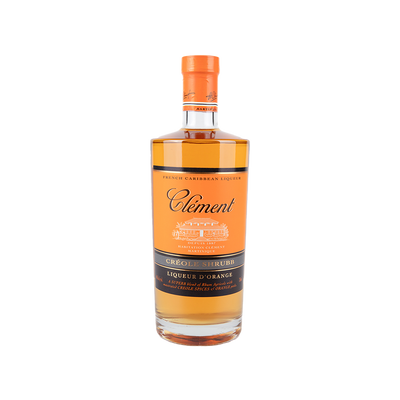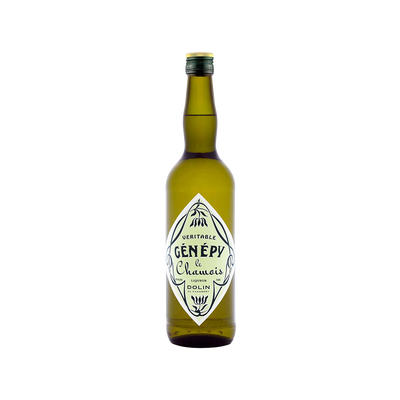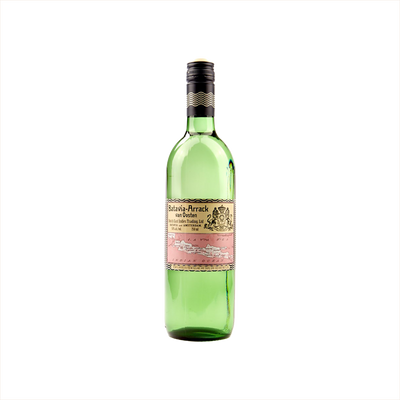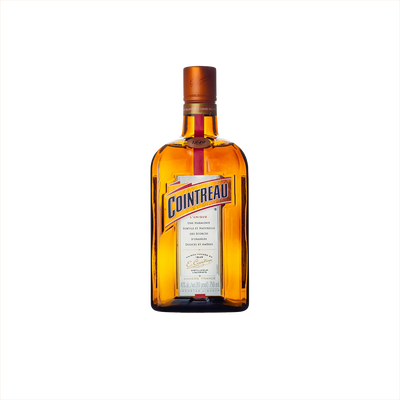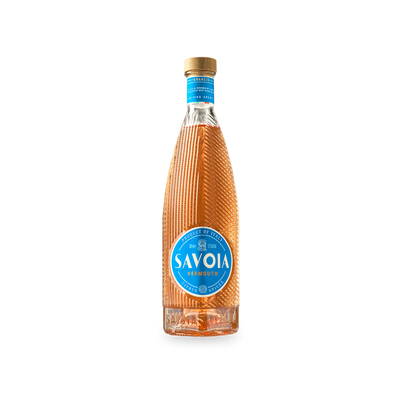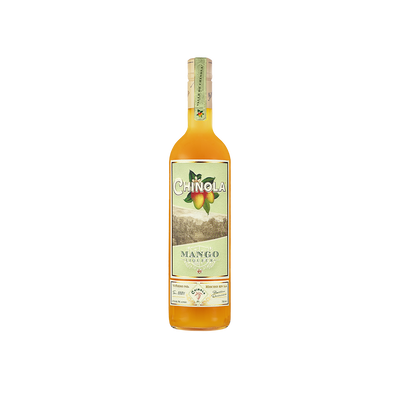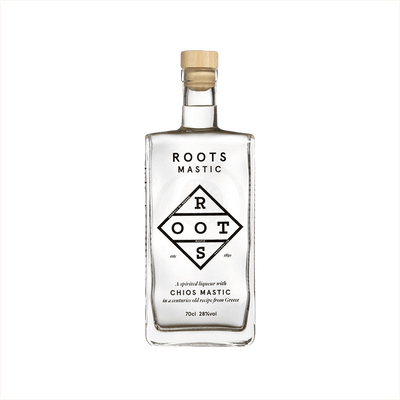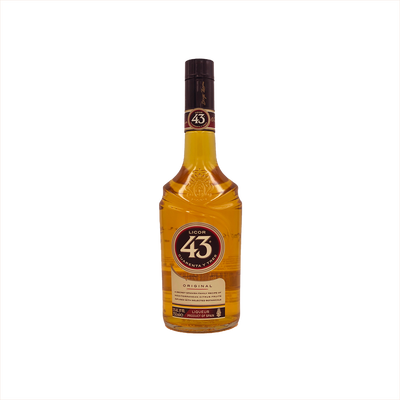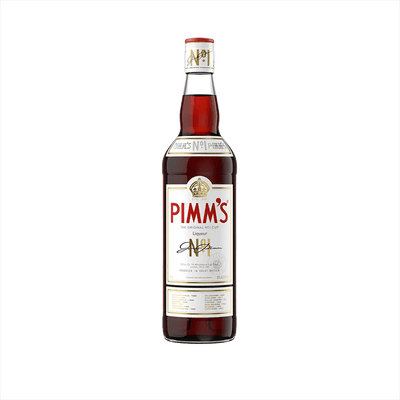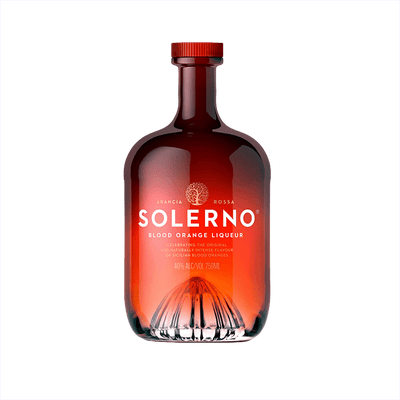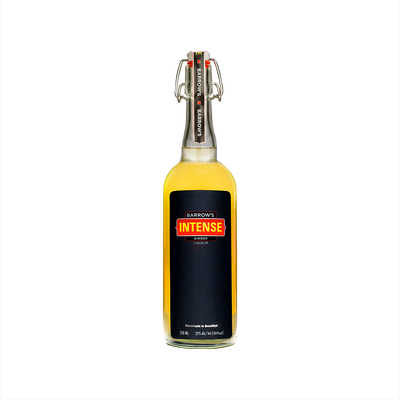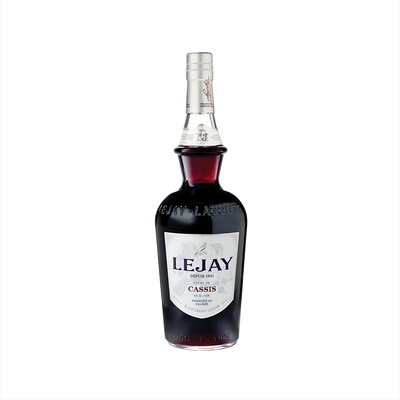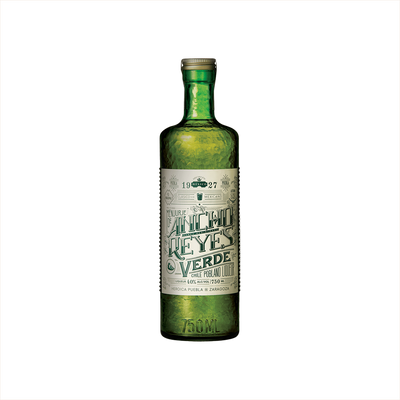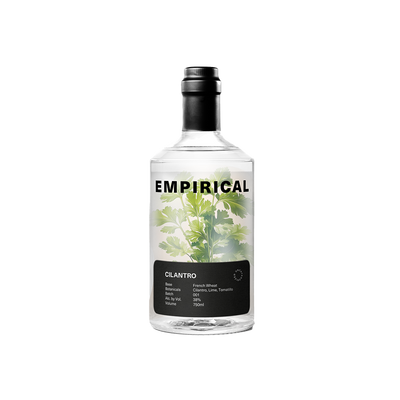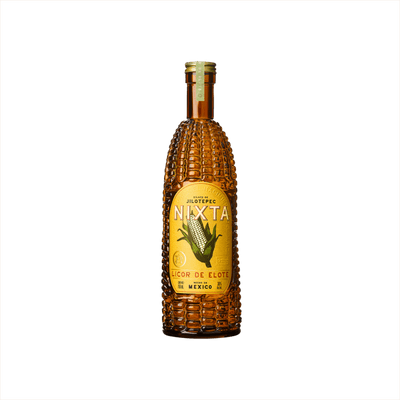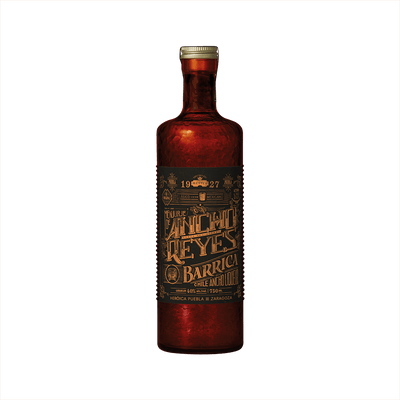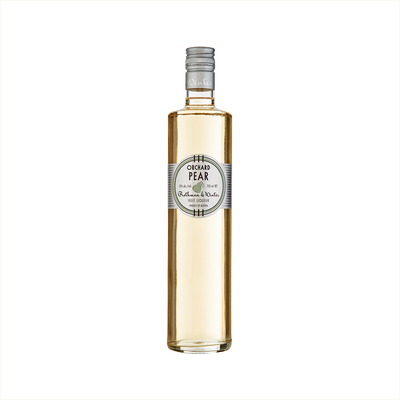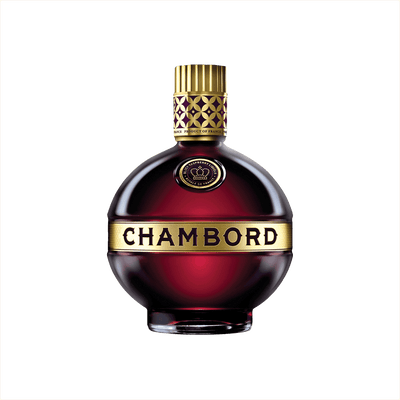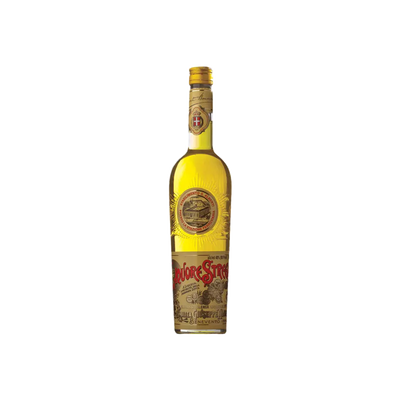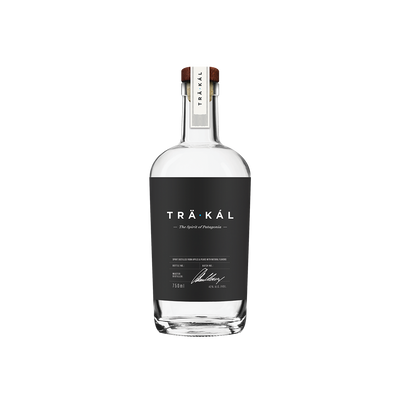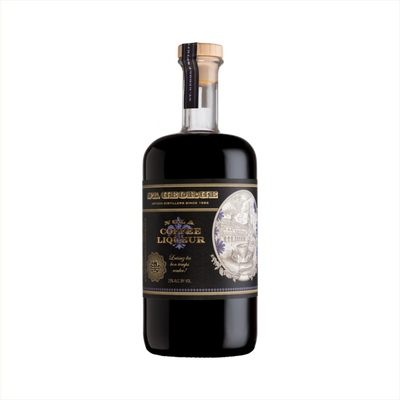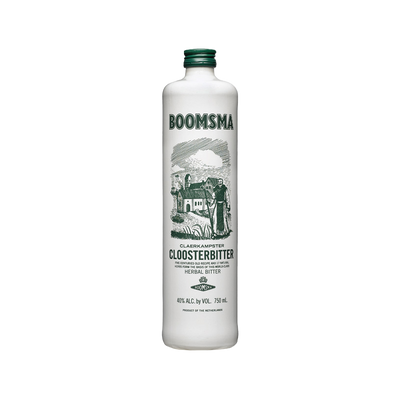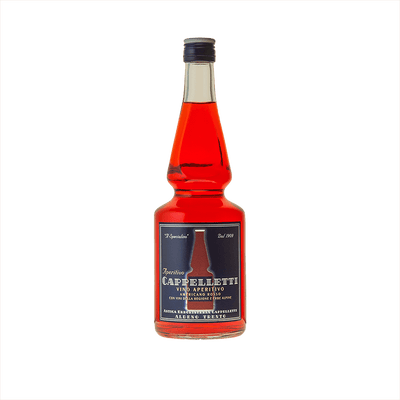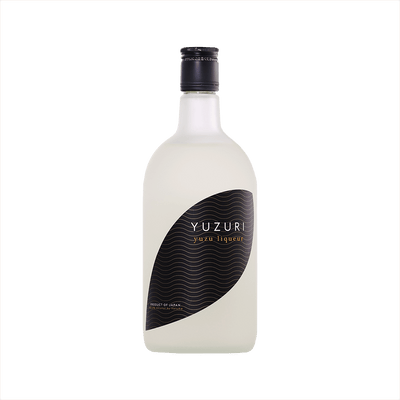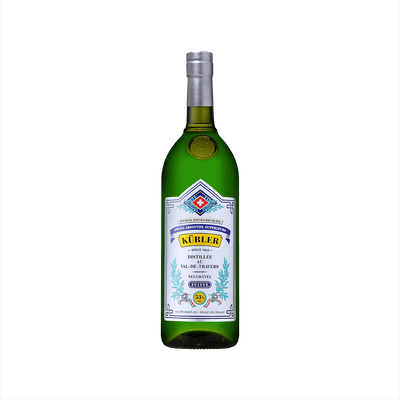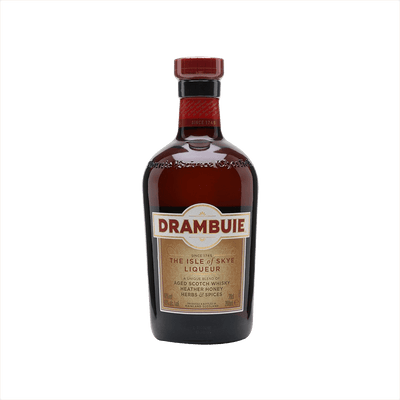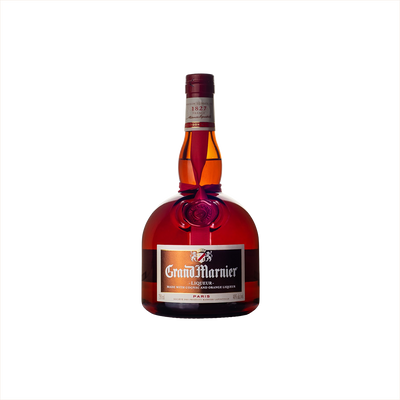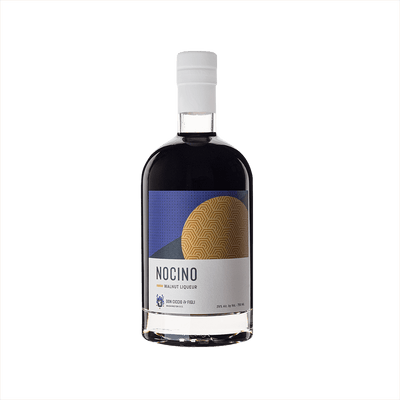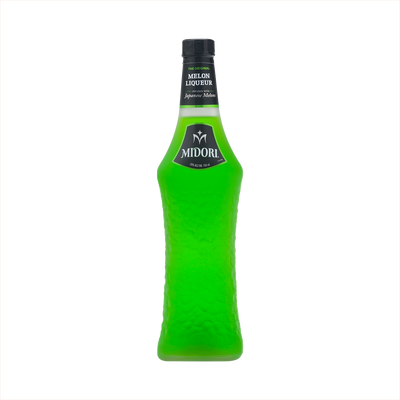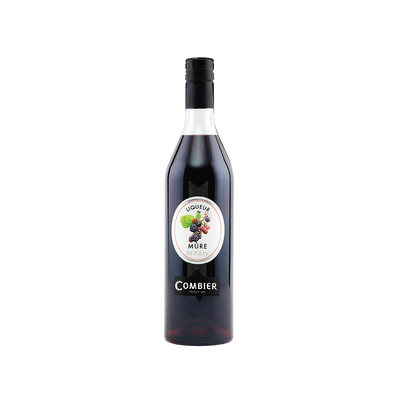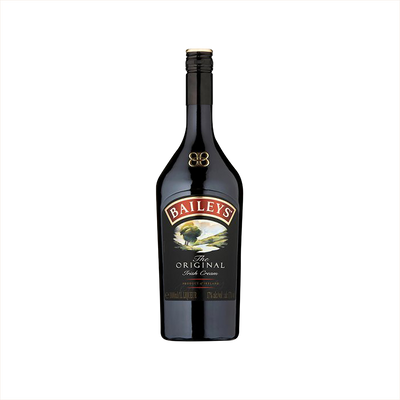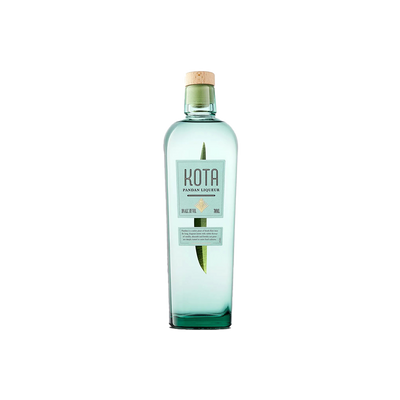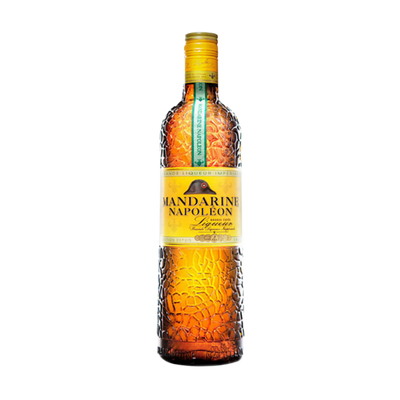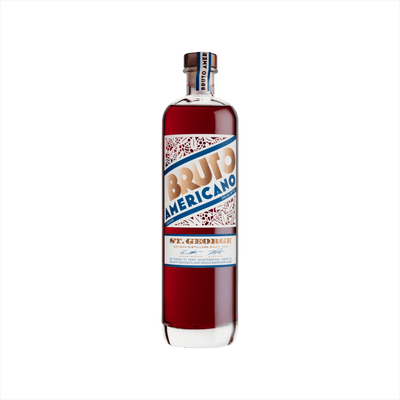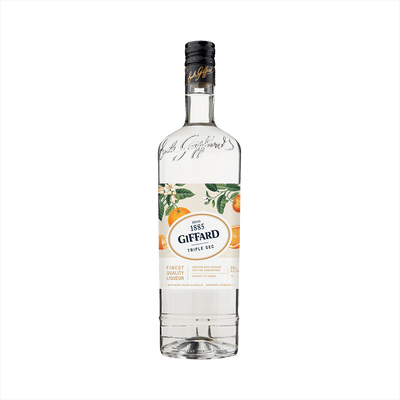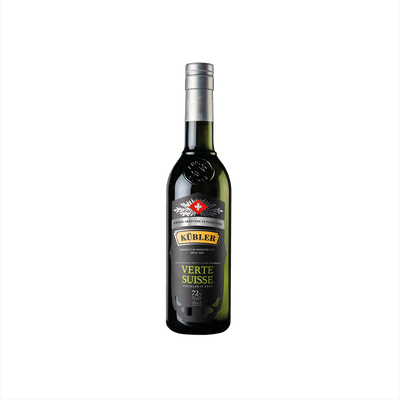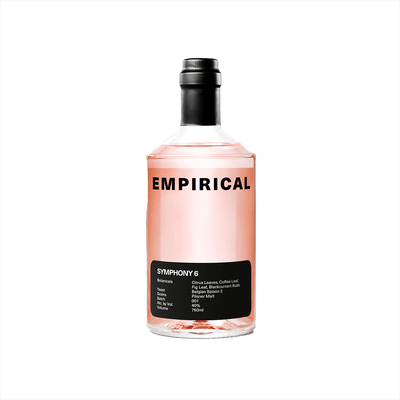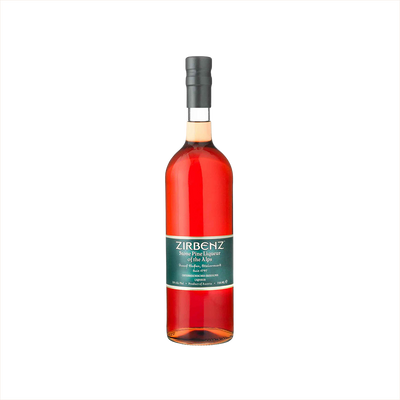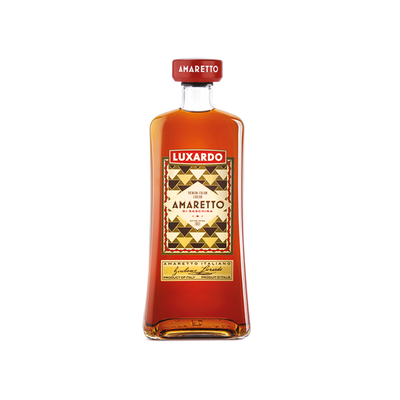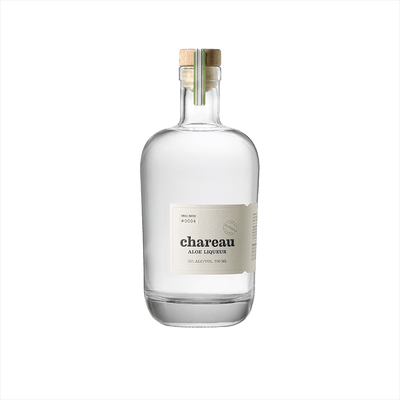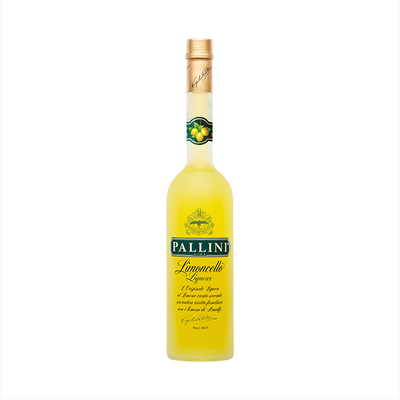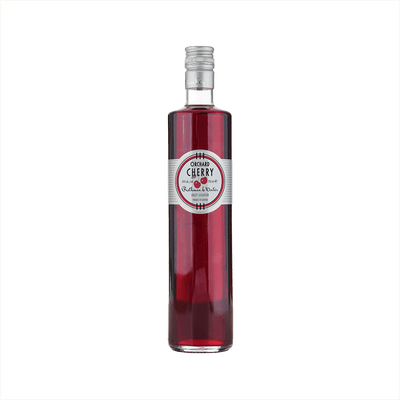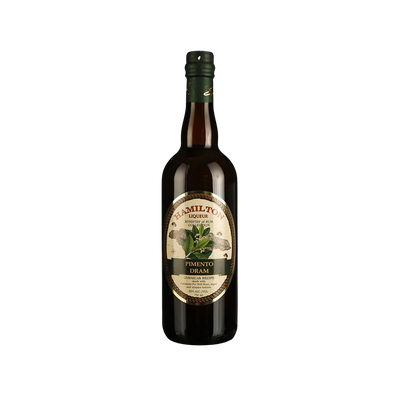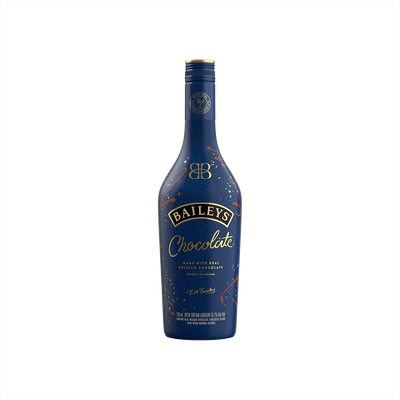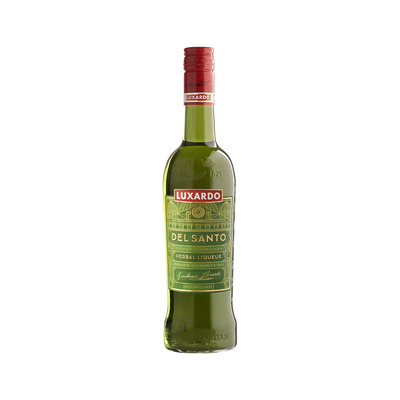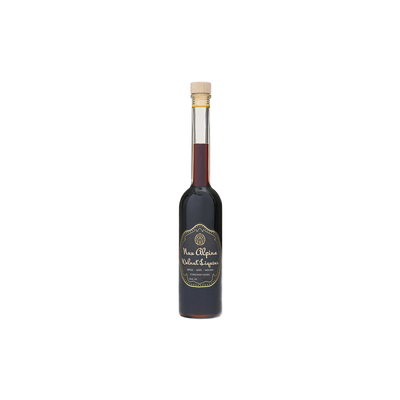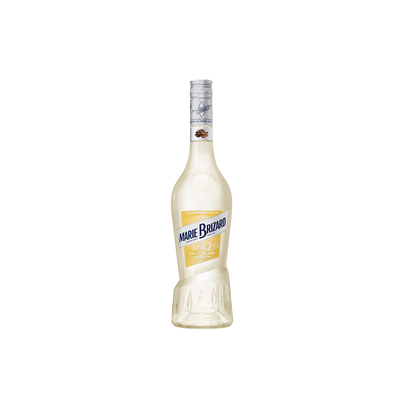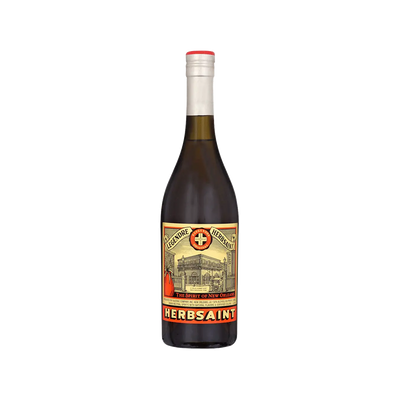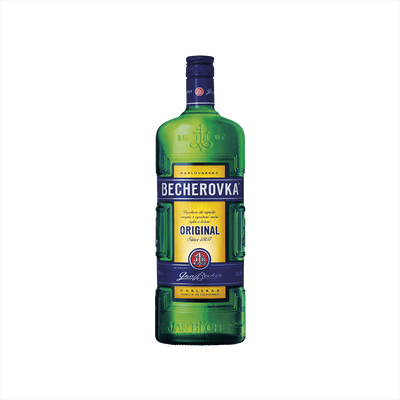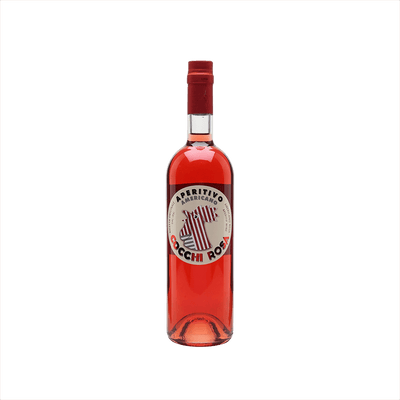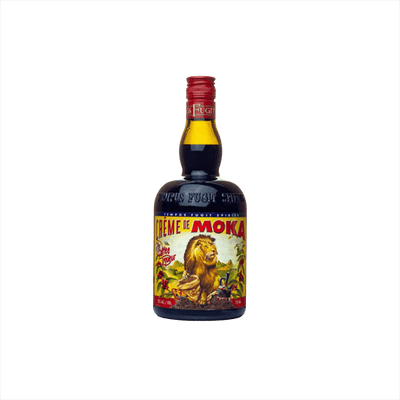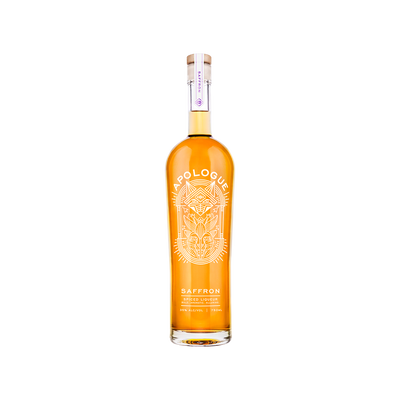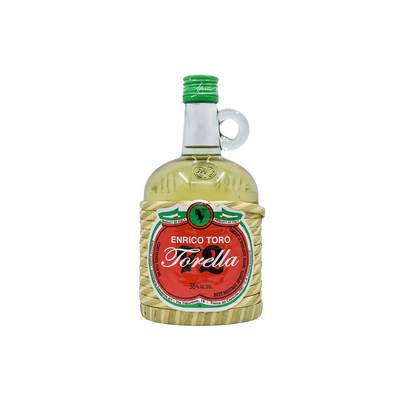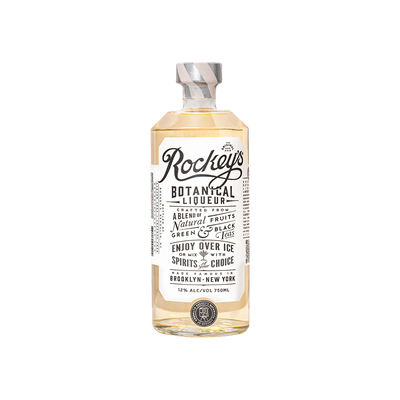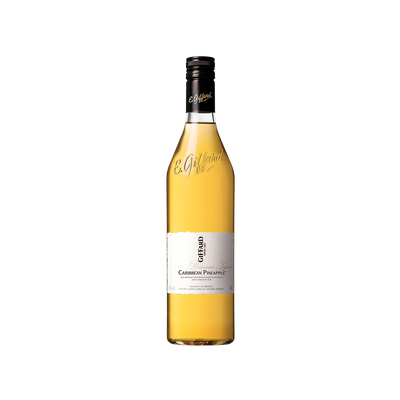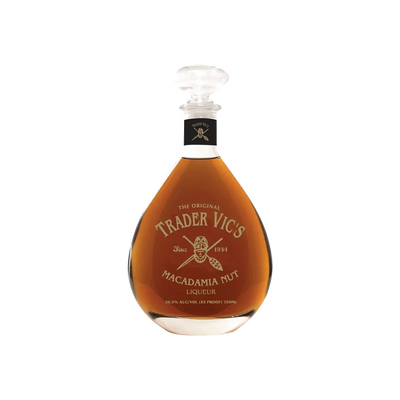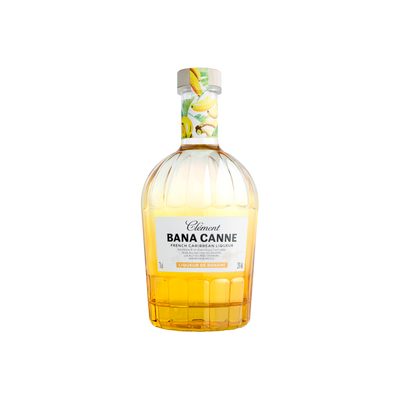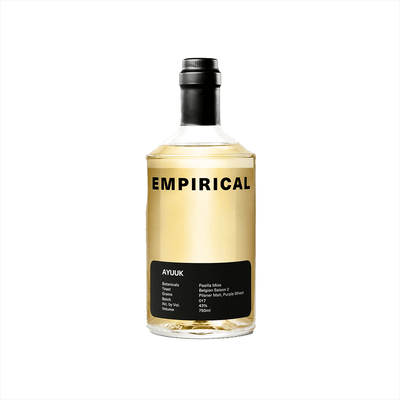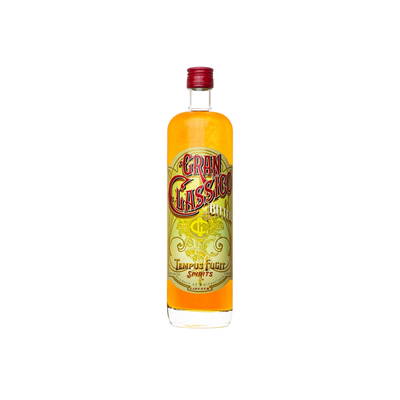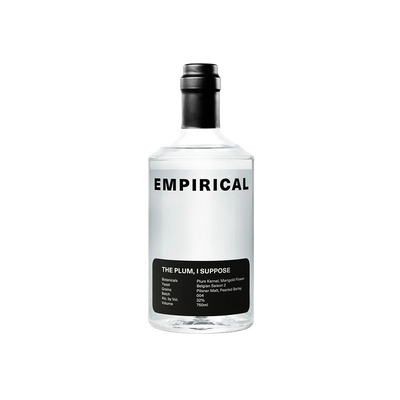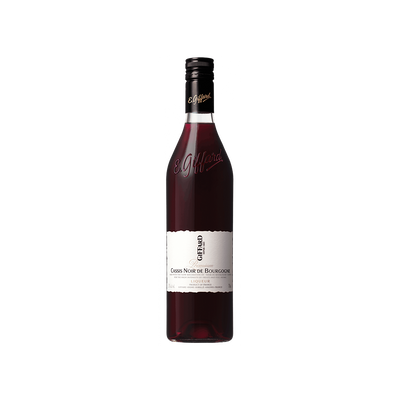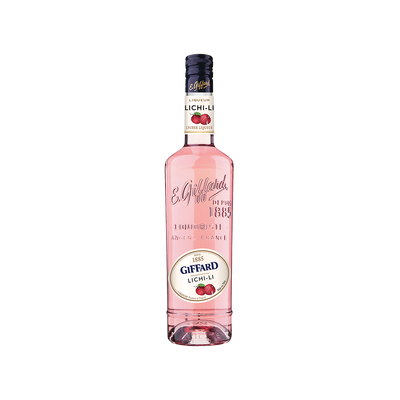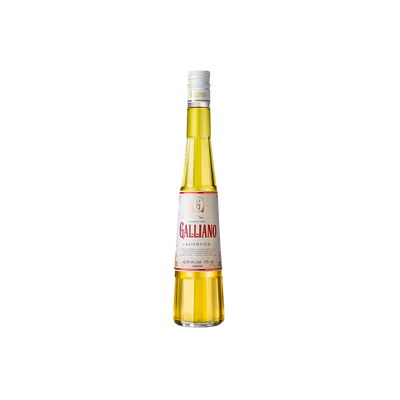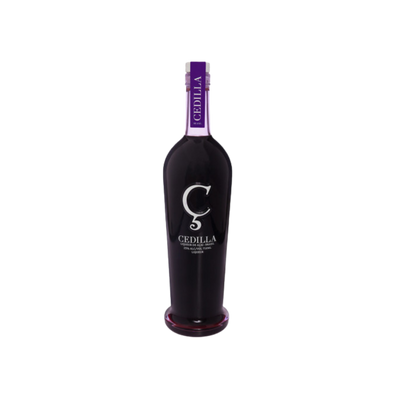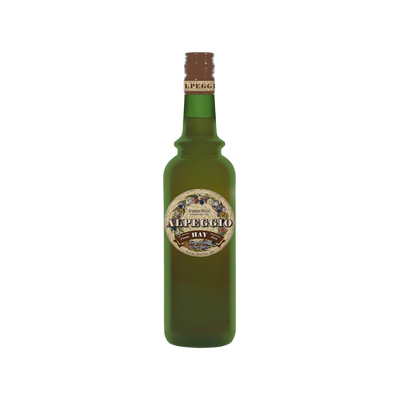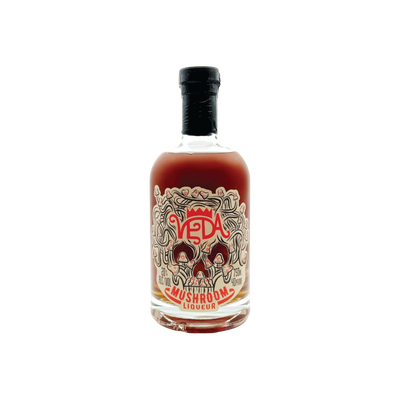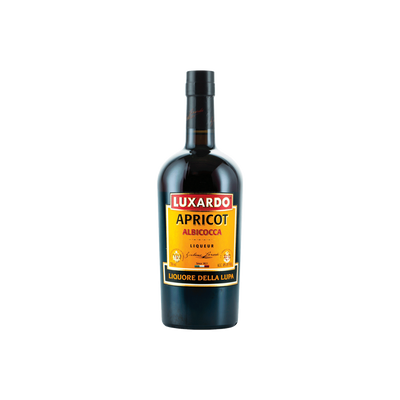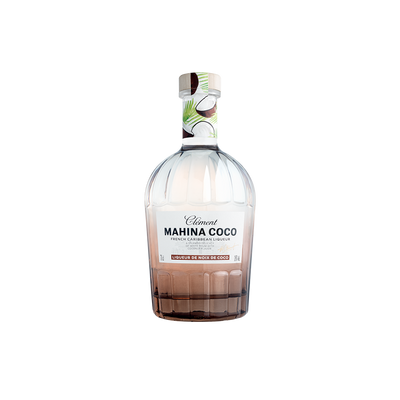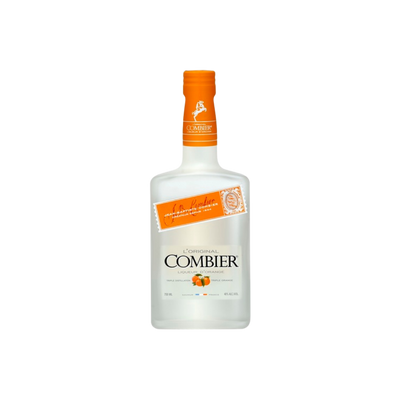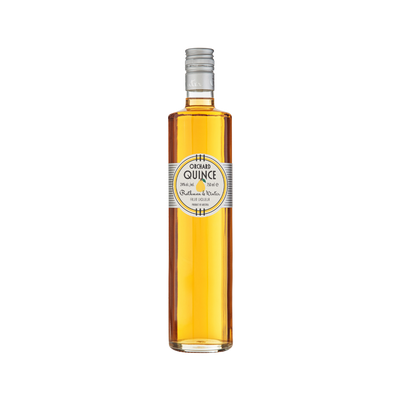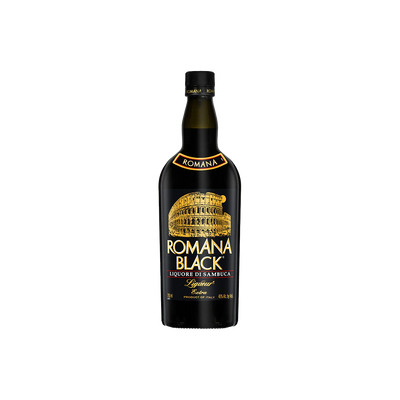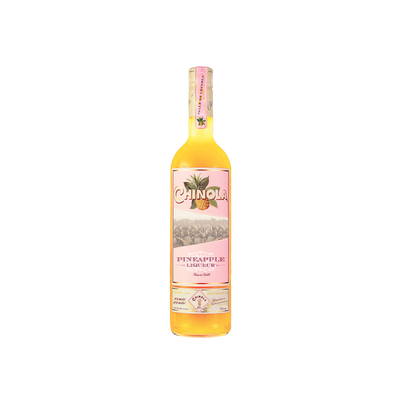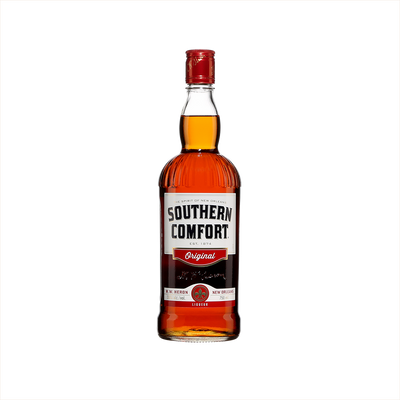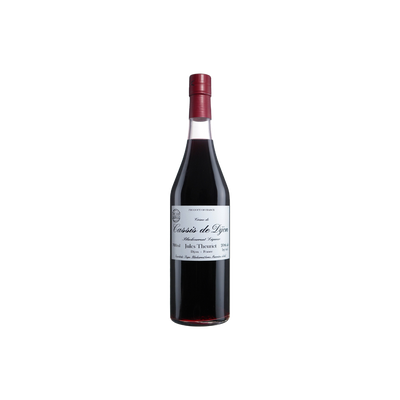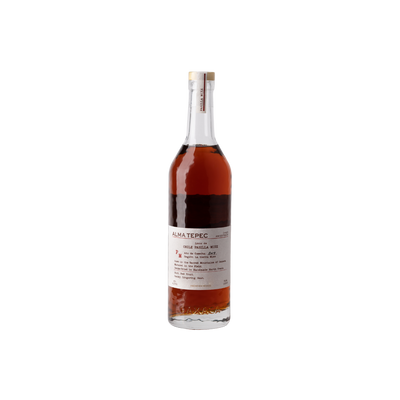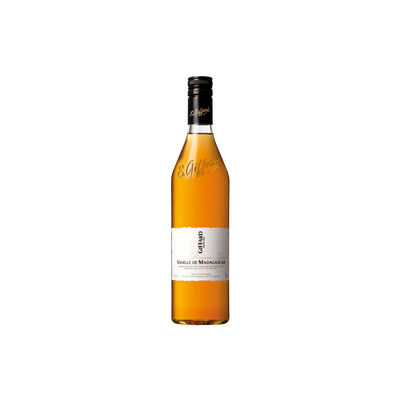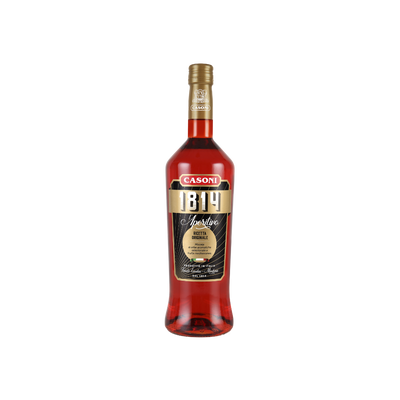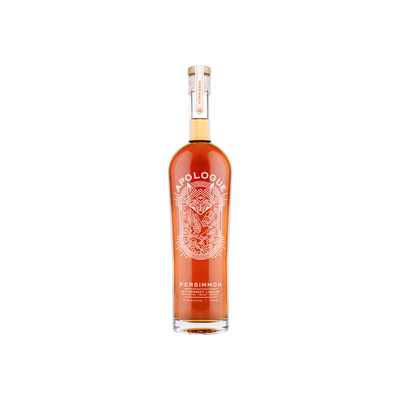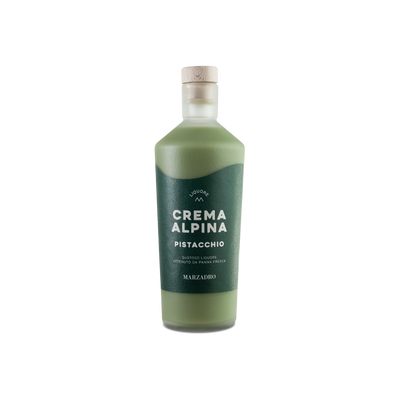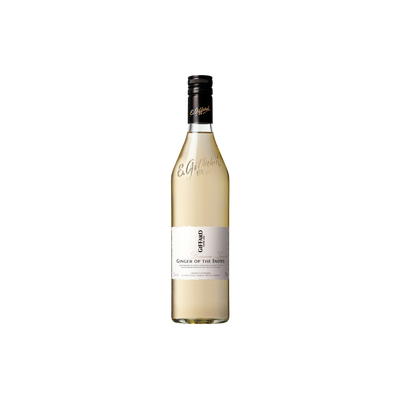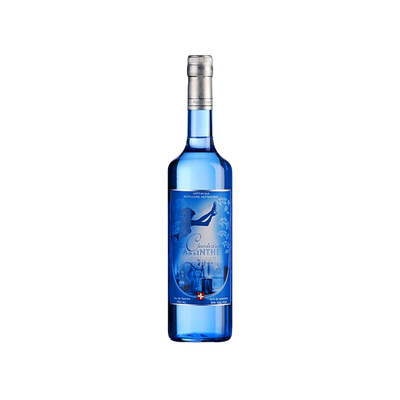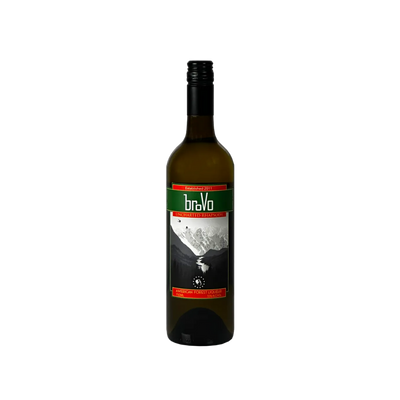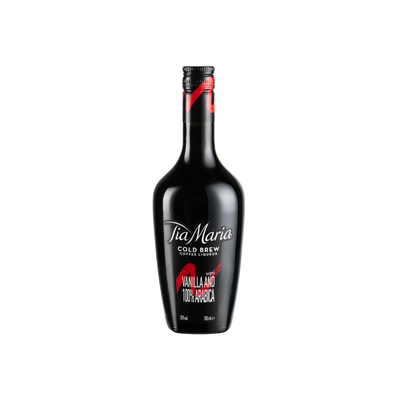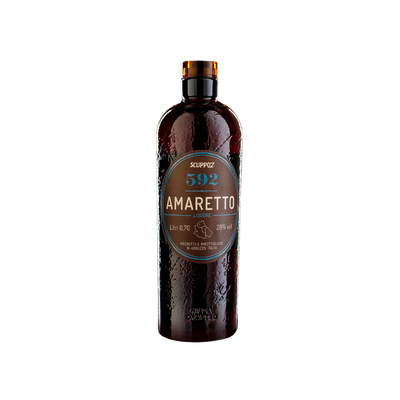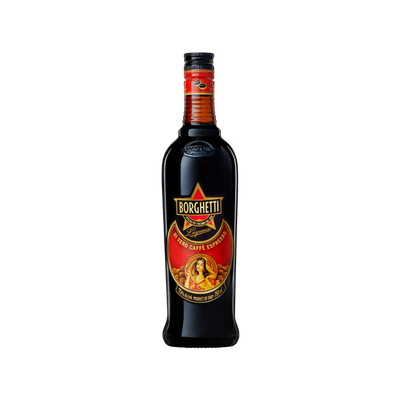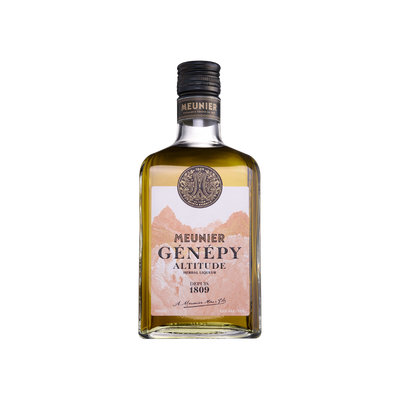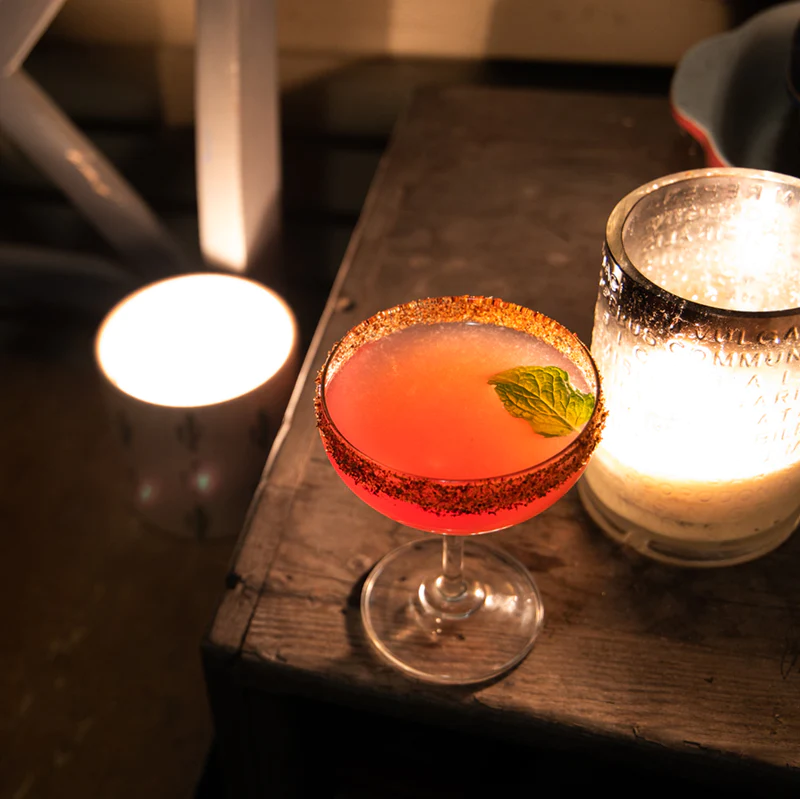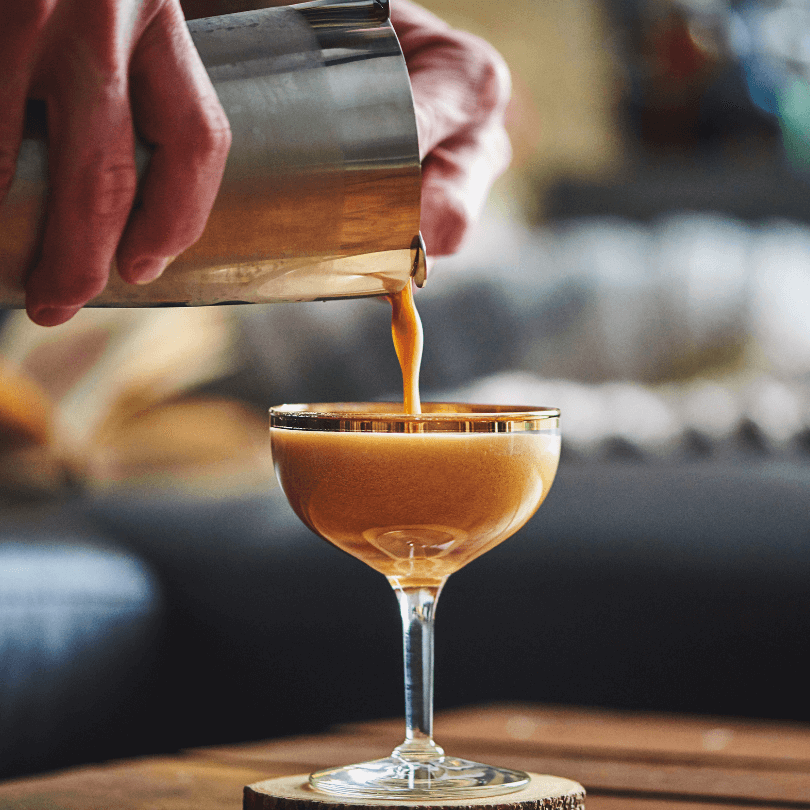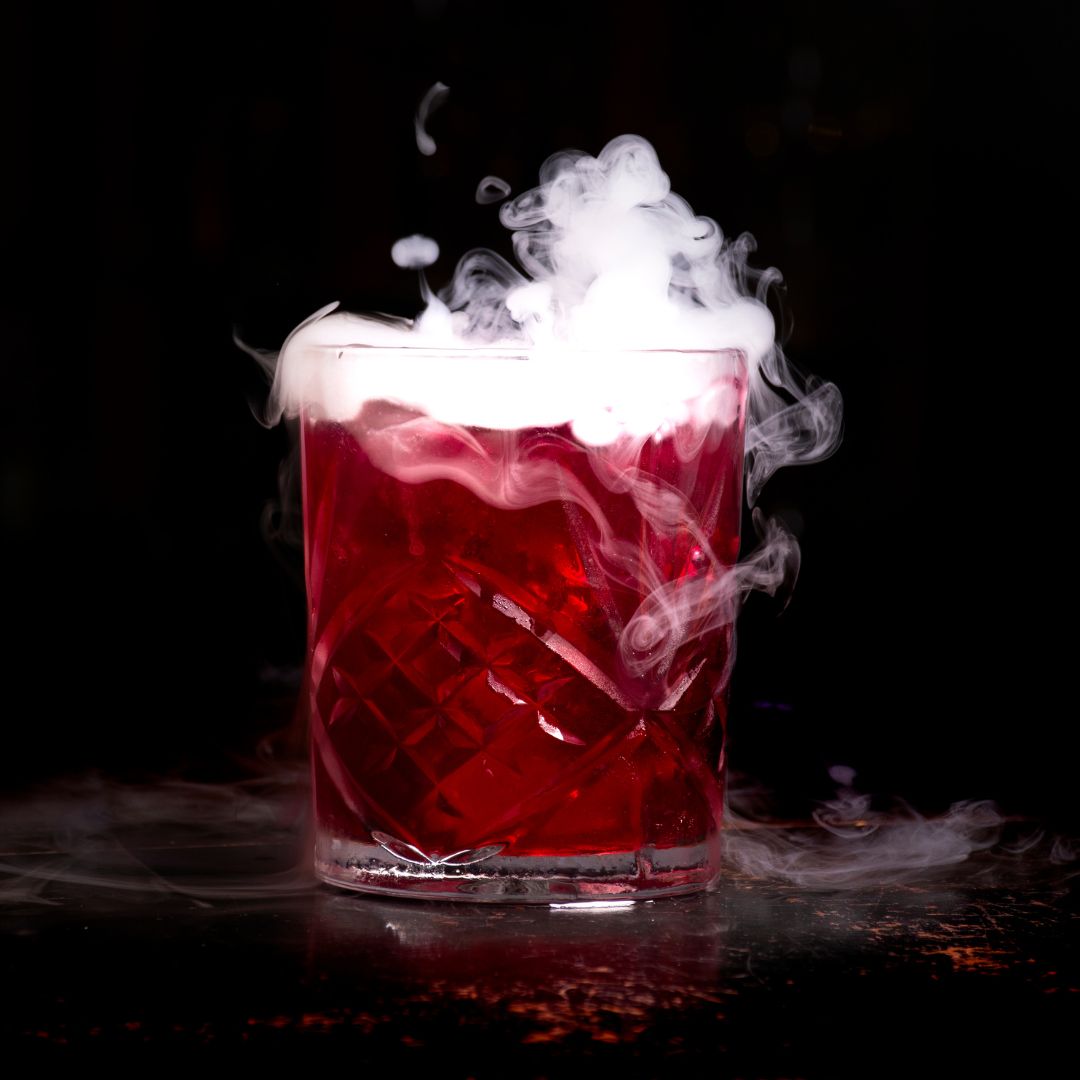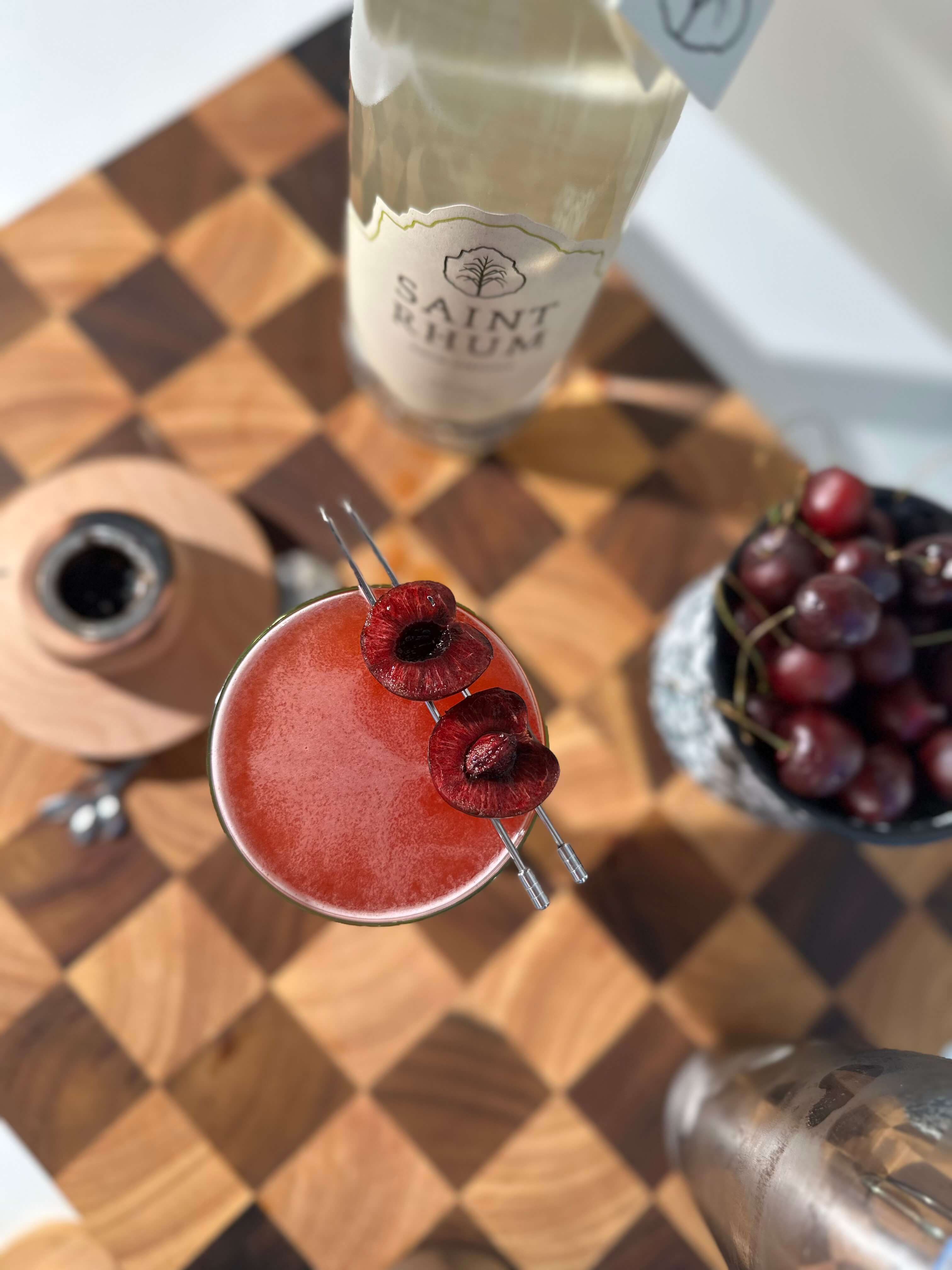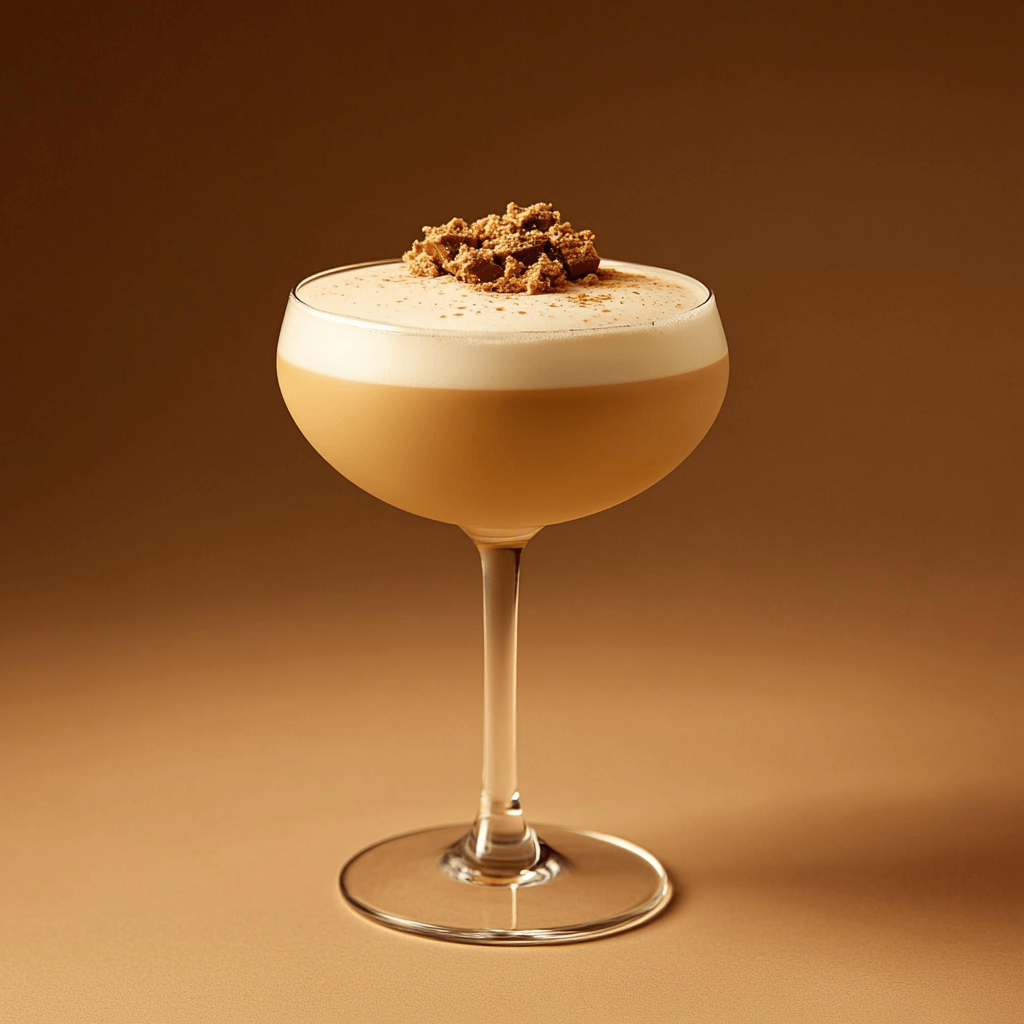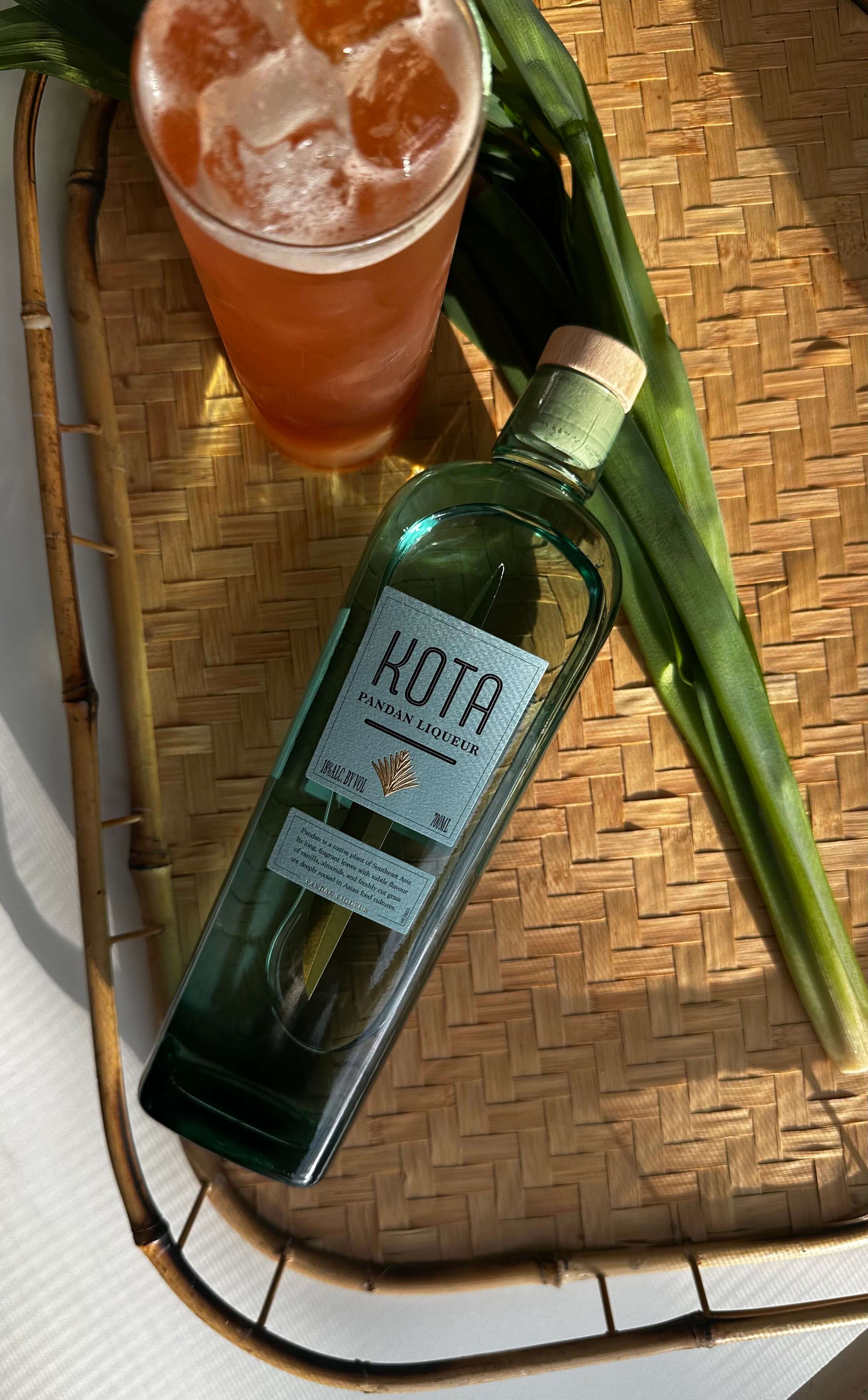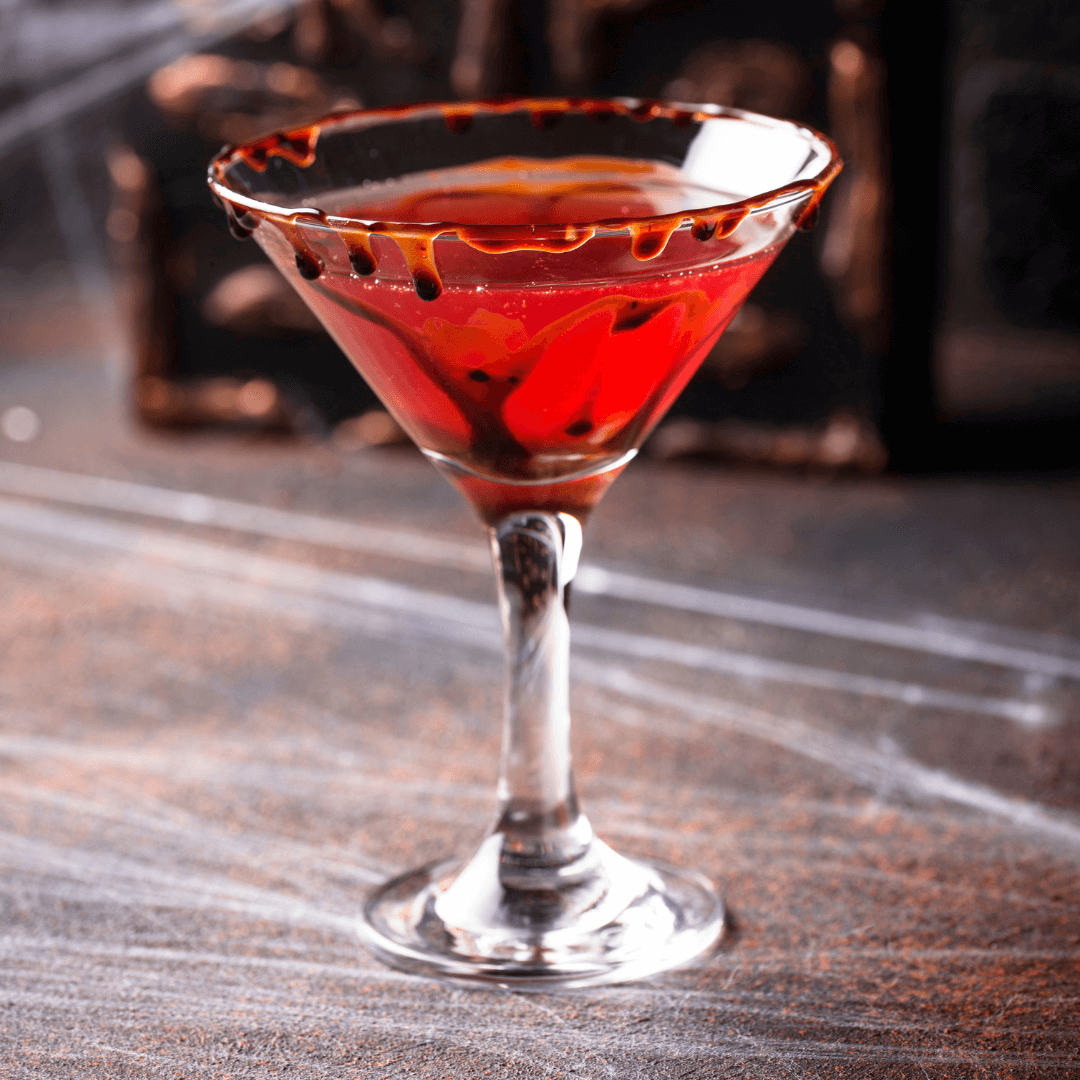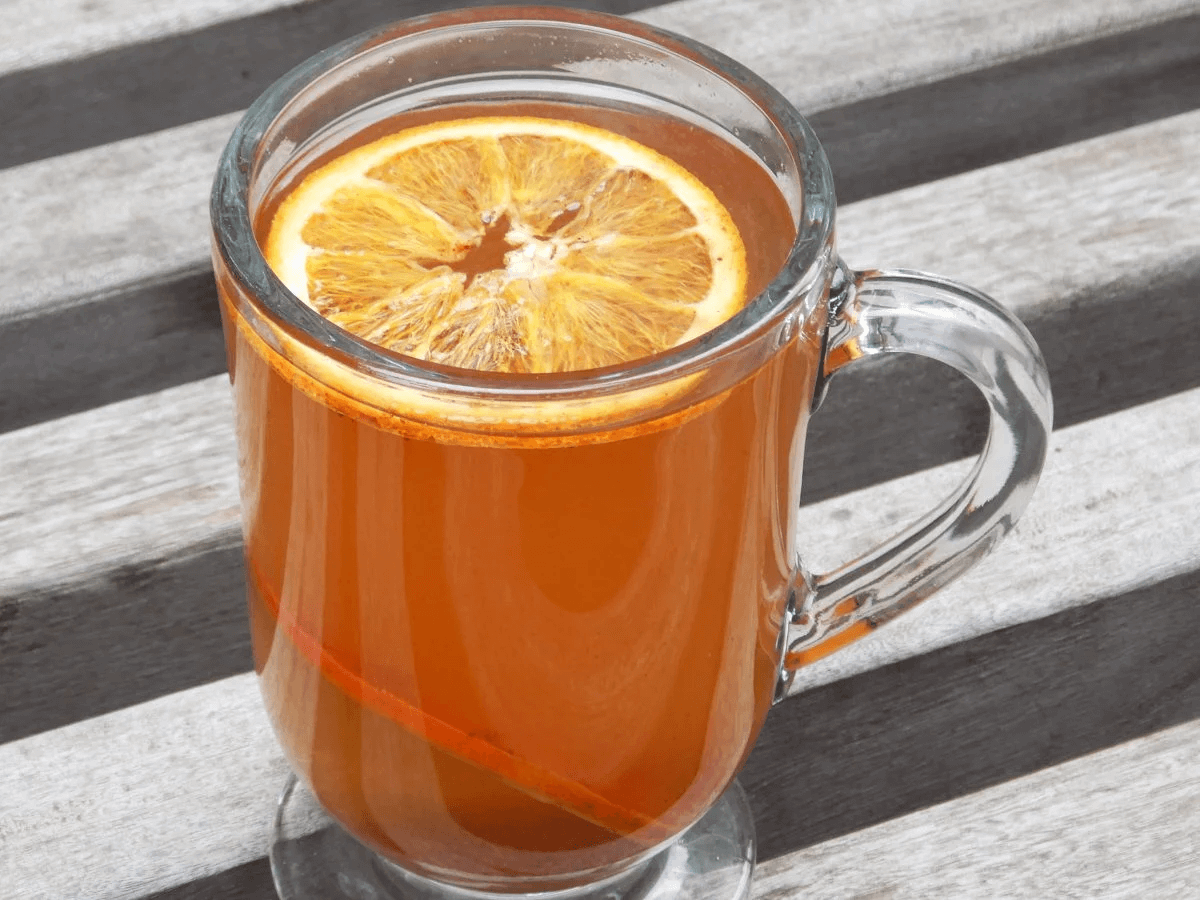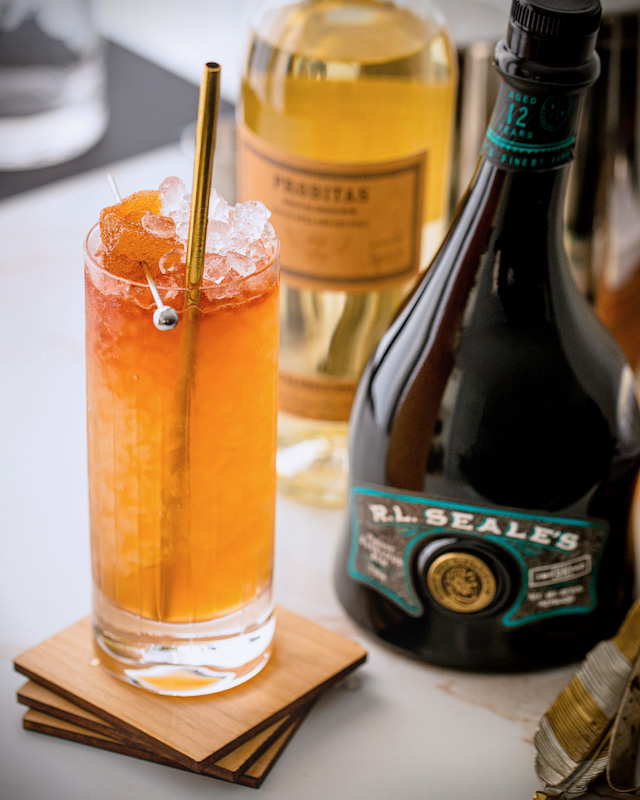Liqueurs
What are Liqueurs?
Liqueurs are sweetened spirits that combine a base alcohol with sugar and various flavorings like fruits, herbs, spices, or cream. These flavored spirits typically contain at least 15% alcohol by volume and are defined by their sweetness and concentrated flavor profiles, which distinguish them from straight spirits like whiskey or vodka. Think of liqueurs as the dessert course of the spirits world—they're perfect for sipping neat, mixing into cocktails, or adding complexity to your favorite drinks.
Learn More About Liqueurs
What are the different types of Liqueurs?
Liqueurs typically fall into several distinct categories based on their primary flavoring ingredients: fruit liqueurs capture the essence of berries, citrus, and stone fruits; herbal and botanical liqueurs blend complex mixtures of roots, herbs, and spices; cream liqueurs combine spirits with dairy for rich, dessert-like drinks; and nut liqueurs showcase almonds, hazelnuts, and other tree nuts. Each category offers a completely different drinking experience—fruit liqueurs tend to be bright and approachable, herbal varieties can range from medicinal and bitter to sweet and warming, cream liqueurs provide indulgent smoothness perfect for after-dinner sipping, while nut liqueurs bring toasty, often sophisticated flavors that work beautifully in both cocktails and neat pours. The beauty of liqueurs lies in how each category serves different occasions and palates, from the refreshing summer appeal of a peach liqueur to the cozy winter comfort of an herbal amaro.
How are Liqueurs made?
Liqueurs start with a neutral base spirit that gets infused with flavoring agents like fruits, herbs, spices, nuts, or botanicals through methods such as maceration, distillation, or percolation. After the flavoring process, producers add sweeteners—typically sugar, honey, or corn syrup—to achieve the characteristic sweetness that defines liqueurs. The final step involves blending, filtering, and aging (when required) to create a smooth, flavorful spirit that typically ranges from 15% to 55% alcohol by volume.
What do Liqueurs taste like? What do Liqueurs bring to a cocktail?
Liqueurs offer an incredibly diverse flavor spectrum, from the bright citrus punch of Cointreau to the herbal complexity of Chartreuse, the rich coffee notes of Kahlúa, or the floral sweetness of elderflower liqueur. Their defining characteristic is sweetness balanced with intense, concentrated flavors that can range from fruity and bright to dark and mysterious. In cocktails, liqueurs serve as flavor enhancers and sweeteners rolled into one, adding depth and character while smoothing out harsh edges from base spirits – they're the secret weapon that transforms a good drink into something memorable.
How do you drink Liqueurs? In what kind of cocktails do Liqueurs shine?
Liqueurs offer incredible versatility - sip them neat as digestifs after dinner, pour them over ice as aperitifs, or mix them into countless cocktails where their concentrated flavors add depth and complexity. They're the secret weapons behind classic drinks like the Margarita (triple sec), White Russian (coffee liqueur), and Amaretto Sour, where their sweetness balances tart citrus or bitter spirits. Modern bartenders also use liqueurs as floats, rinses, or split-base ingredients to create layered flavor profiles that would be impossible with spirits alone.
What are fun ways to drink Liqueurs?
Liqueurs shine in creative applications beyond traditional cocktails - think boozy jello shots using amaretto or coffee liqueur that pack serious flavor, or frozen popsicles made with limoncello and fresh lemon juice for adult summer treats. You can drizzle them over ice cream, fold them into whipped cream for decadent desserts, or even use them as the base for adult milkshakes that blur the line between cocktail and dessert. Creative bartenders also love making liqueur-spiked slushies, using them in place of simple syrup in iced coffees, or creating layered shots that showcase different colors and densities for Instagram-worthy presentations.
How have Liqueurs been depicted in culture?
Liqueurs have long symbolized sophistication and indulgence in literature and film, from the mysterious absinthe rituals in Parisian cafes to the elegant after-dinner cordials served in grand estates. They often appear as tokens of hospitality, seduction, or refined taste—think of the brandy snifter swirled by a gentleman in his study or the digestif offered to close a memorable meal. Pop culture frequently uses liqueurs as shorthand for luxury and worldliness, whether it's James Bond's occasional Drambuie or the way certain brands become status symbols in music and movies.
Nutritional Information
Typical Calorie Range per Ounce: 80-120 calories
Typical Carbohydrate Range per Ounce: 8-15 grams
Typical Sugar Range per Ounce: 7-14 grams
Typically Gluten Free: Yes
Most liqueurs are naturally gluten-free since they're distilled from various fruits, herbs, spices, and botanicals rather than gluten-containing grains. The distillation process typically removes gluten proteins even when grain-based spirits are used as the base. That said, some cream liqueurs or specialty products may contain additives or flavorings that introduce gluten. Always check the specific product label and manufacturer information to confirm gluten-free status, especially if you have celiac disease or severe gluten sensitivity.
Scrolled this far? Your reward? Liqueurs Trivia!
- The world's most expensive liqueur contains actual gold flakes and costs more than a luxury car. Goldschläger might have popularized gold flakes in liqueurs, but Danziger Goldwasser takes it to another level. This Polish herbal liqueur contains 22-karat gold leaf and sells for thousands of dollars per bottle. The gold doesn't add flavor – it's purely for visual drama and bragging rights. Originally created in the 16th century, people believed consuming gold would grant immortality. Spoiler alert: it doesn't, but it sure makes your digestive system sparkle.
- Chartreuse is made by only two monks who know the complete 400-year-old recipe. The recipe for Green Chartreuse contains 130 different herbs and plants, and only two Carthusian monks at any given time know the full formula. They've refused to sell the recipe despite offers from major corporations, and during the French Revolution, they actually fled to Spain rather than reveal their secrets. The recipe is so closely guarded that the monks won't even fly on the same airplane together.
- Kahlúa was originally created as a way to use up leftover coffee beans in Mexico. In 1936, four friends in Veracruz found themselves with surplus coffee beans and decided to experiment with rum and vanilla. They named their creation after an Arabic word meaning "House of the Flame." What started as creative problem-solving became one of the world's most popular liqueurs, spawning countless White Russians and mudslides across American bars.
- Grand Marnier was accidentally invented when a distiller spilled cognac into his orange liqueur experiment. In 1880, Louis-Alexandre Marnier Lapostolle was trying to create an orange liqueur when he accidentally knocked over a bottle of cognac into his blend. Instead of starting over, he tasted the mixture and realized he'd created something special. The "accident" became Grand Marnier, and the bottle's distinctive shape was inspired by cognac bottles to honor its serendipitous origins.
- Sambuca's traditional three coffee beans represent health, wealth, and happiness – but there's a secret fourth meaning. Most people know about the trilogy of wishes represented by sambuca's coffee beans, but bartenders have a fourth tradition: if you can catch all three beans in your mouth after drinking the sambuca, your wishes come true within a year. Italian folklore says the number of beans that sink to the bottom of your glass predicts how many children you'll have. Whether you believe it or not, it makes for great bar conversation.
Gift message (optional)

